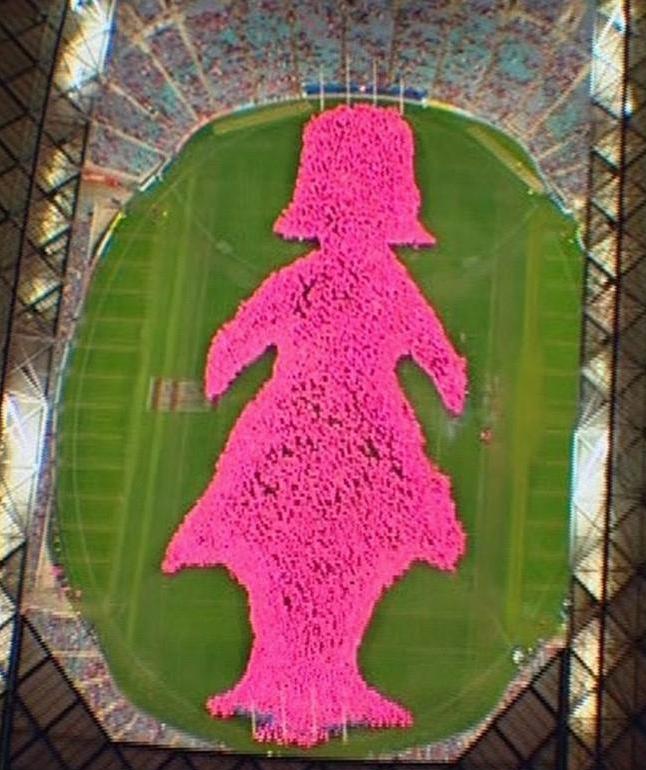Donating on trend?
Do donations reflect the seriousness of the issue or cause or is it just a trend?
I’d be interested to see what this infographic would have looked like in the 1980’s and 1990’s.
As you can see, this graphic represents the causes or diseases that people in America choose to donate to versus those diseases that kill the greatest number of people.
Awareness of diseases & causes over the decades
It feels like diseases go in and out of fashion like foods and clothing. In Australia, Breast Cancer gets so much promotion and sponsorship across everything from Sports (through cricket legend Glen McGrath’s McGrath Foundation whose wife Jane died from breast cancer) to bottled water (Mount Franklin pink lids) and has been very prominant for the last 10 years. It’s almost as though big brands feel that they need to attach themselves to the pink breast cancer brand in order to have some integrity.
In the 1970’s Heart Disease was the undisputed biggest killer of people and likely was in receipt of a large chunk of fundraising dollars raised. In the 90’s it was HIV/ AIDS that was probably getting the lion’s share of branding and financial support while it swept across the globe (I admit this is an opinion blog and I have not taken the time to dig out the data on which causes and charities were recieving the highest volume of donations).
In the millennium the Environment and particularly issues of climate change were very topical.
Is it just topical or is it marketing?
And as I think as I write, perhaps that’s the key to this trend, the word ‘topical’? Media cycles build what is topical, the media sensationalises and hypes up issues that are absolutely important and life threatening but perhaps as large or statistically relevant as they are perceived to be by the general public.
Or, are these trends driven by excellent marketing & fundraising campaigns that hit their primary objective, which is to raise awareness of the cause? As the infographic represents, donations made for Heart Disease were to The Heart Foundation’s Jump Rope for Heart campaign which I participated in year after year as a kid (in Australia) because my school coordinated it within school hours. The Heart Foundation managed to get this into schools around the world which is an incredible marketing partnership & coordination effort.
The Breast Cancer Network Australia‘s partnership with institutions like the NRL and the City of Sydney, where they use the Pink Lady Silhouette to raise awareness of how many women (and a few men) are affected by breast cancer each year, has been wildly successful. Whether or not it generates the most funds raised, I’d really like to see an infographic that shows the awareness of some of these diseases because of the clever and strategic marketing campaigns driving the result.

The Breast Cancer Network’s Pink Lady silhouette has been used on lawns outside Parliament House in Canberra and the Sydney Botanic Gardens to represent the women affected by breast cancer.
Like food fashions
Like many others who shared this infographic, I found it thought provoking and my first thought was how it reminded me how Foccacia (a fat Italian bread) was a trendy new food in the 1990’s and how Sushi popped up on every street corner across Australia in the early 2000’s and now in the 2010’s it’s all about quinoa and acai berries and superfoods that have ancient lineage and unbound health benefits. And while that seems a trivial link, I believe that these foods have risen in our community through a combination of clever marketing and whatever elusive formula it takes to force a food or issue or cause to plunge over the tipping point.
When you think of trends and popular or ‘topical’ issues – what similar thing pops to mind?


